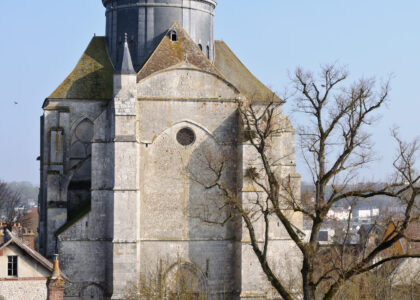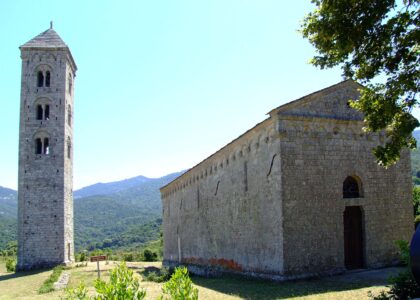Welcome to the Quanah Parker Arrow in Seminole, Texas, a site deeply entwined with the rich history of the Comanche people and the legacy of Quanah Parker, one of their most renowned leaders. Quanah Parker was a prominent figure during the late 19th century, known for his role as a leader of the Comanche and as a key player in the cultural transition of his people during a period of significant change.
Quanah was born around 1845, the son of Cynthia Ann Parker, a captured European American who was assimilated into the Comanche tribe, and Peta Nocona, a Comanche chief. Growing up, Quanah became a respected leader, known for his prowess in battle and his strategic mind. However, the tides of history were turning, and the way of life for the Plains tribes was under threat due to expanding American settlements and the depletion of the buffalo, their primary resource.
In 1875, Quanah Parker led his band to the reservation in Oklahoma, marking a pivotal moment in Comanche history. Rather than resisting the changes that came with reservation life, Quanah embraced them. He became an influential advocate for his people, serving as a bridge between the Comanche culture and the United States government. He was instrumental in the founding of the Native American Church, which blended traditional Native American spiritual practices with elements of Christianity, particularly the use of peyote as a sacred sacrament.
The Quanah Parker Trail, of which the Quanah Parker Arrow is a part, celebrates his influence and the broader cultural impact of the Comanche people. This trail is marked by arrows installed throughout Texas, symbolizing the historical paths taken by the Comanche and honoring their enduring legacy.
As you stand here, you are not only witnessing a marker of history but also a symbol of resilience and adaptation. Quanah Parker’s story is not just that of a leader but of a people who navigated the complex challenges of cultural preservation and change. His legacy is a testament to the enduring spirit of the Comanche and their significant place in the history of Texas and the United States.





